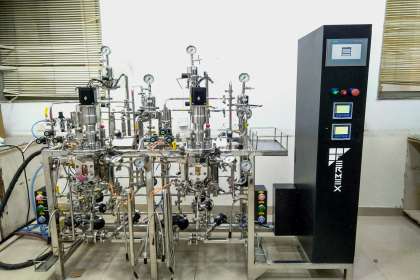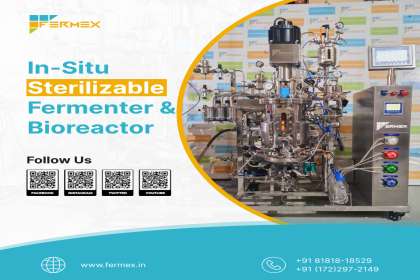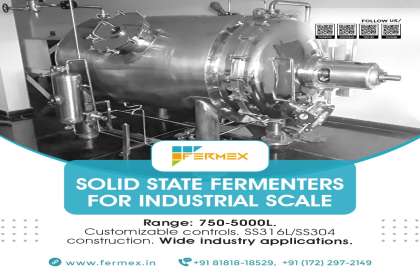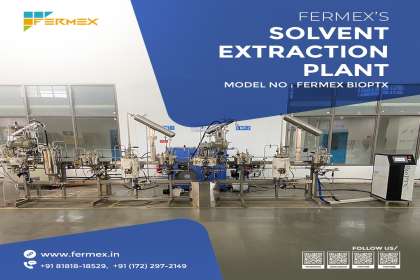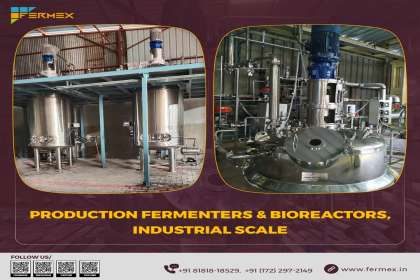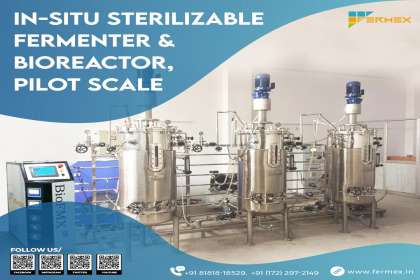
Do we know about the various types of fertilizers and it’s classification? commonly many of us are not aware, that which fertilizer is harmful or beneficial for the soil & crops. Don’t worry, the solution for this question is given below:-
- Biofertilizers
- Organic Fertilizers
- Inorganic Fertilizers
- Vermicompost
Biofertilizers

It is a selected strain of effective & beneficial microorganisms present in the soil, which are cultured in the laboratory and packed in a useful carrier that increases the availability or uptake of nutrients for plants. For starting organic farming they are an ideal input. They improve the fertility of soil and crop productivity. Biofertilizers act as antagonists and inhibit the incidence of soil-borne plant pathogens and thus, helps in the bio-control of diseases. It reduces the use of chemical fertilizers and minimizes environmental pollution.
Examples:
| Nature of organisms | Example |
|---|---|
| Free-living | Azotobacter, Clostridium, Anabaena, and Nostoc. |
| Bacteria (Phosphate (P) solubilizing biofertilizers) | Bacillus megaterium var phosphaticum, Bacillus subtilis, Bacillus circulans, and Pseudomonas striata |
| Fungi | Penicillium sp. and Aspergillus awamori |
| Symbiotic (Nitrogen (N2) fixing biofertilizers) | Frankia, Rhizobium and Anabaena azollae |
| Associate symbiotic | Azospirillum |
| Arbuscular mycorrhiza | Glomus sp., Gigaspora sp., Acaulospora sp., Scutellospora sp., and Sclerocystis sp. |
| Ectomycorrhiza (Phosphate (P) mobilizing bacteria) | Laccaria sp., Pisolithus sp., and Boletus sp. |
| Silicate & zinc solubilizers (biofertilizers for micronutrients) | Bacillus sp. |
| Pseudomonas (Plant growth promoting rhizobacteria) | Pseudomonas fluorescens |
| Orchid mycorrhiza | Rhizoctonia solani |
| Ericoid mycorrhizae | Pezizella ericae |
Organic Fertilizers

It is a type of fertilizer that contains carbon (C) and is produced naturally. They are composed of animals & plants based materials, & byproducts or end products of natural processes. Organic fertilizers carry a lower threat of toxic chemical overdose, but they need a breakdown of microorganisms to discharge the nutrients, limiting their seasonal efficacy & capability to increase the amount of time they take to nourish your plants.
Organic fertilizers are natural, in that the nutrients they possess are strictly plant- or animal-based materials. Either byproducts or end products of natural processes. Cow manure, decaying leaves, and food compost are all forms of organic fertilizer.
Examples:
- All animal waste including compost, guano, slurry, processed meat, seaweed cow manure, biosolids, food compost & plant fertilizer they all are examples of naturally occurring organic fertilizers.
- Blood meal, seaweed extracts and bone meal are examples of manufactured organic fertilizers
Inorganic Fertilizers

Inorganic fertilizers are synthetic chemicals composed of minerals & are quick doses of nutrients, feeding your plant wherever you want and how you want. Commonly they are made from petroleum. Majorly the minerals present in the inorganic fertilizer are extracted from the earth. Although they are a complete food source for the plant, they produce nothing for the soil and inhibit their potency & efficacy in the long term. There is a very high risk of a toxic overdose of chemicals that drip cadmium, uranium and arsenic into the soil, surely affecting any growing fruits or vegetables.
Examples:
- Mined “rock phosphate”, limestone (a calcium source, but mostly used to reduce soil acidity) and chilean sodium nitrate all are examples of naturally occurring inorganic fertilizers.
- Ammonium nitrate, potassium sulfate, and superphosphate, or triple superphosphate; these are examples of chemically synthesized or manufactured inorganic fertilizers.
Vermicompost

Vermicompost is the by-product of the decaying process of different species of worm. The meaning of vermiculture is “worm farming”. In this culture earthworms feed on organic waste and secret excreta in the form of “vermicast”. They are rich in nitrates and minerals such as phosphorus, magnesium, calcium and potassium. These are used as fertilizers and increase soil quality & fertility.
Examples:
- Red wigglers, white worms, and other earthworms are used to create the mixture of rotting vegetable or food waste, vermicast bedding materials.








